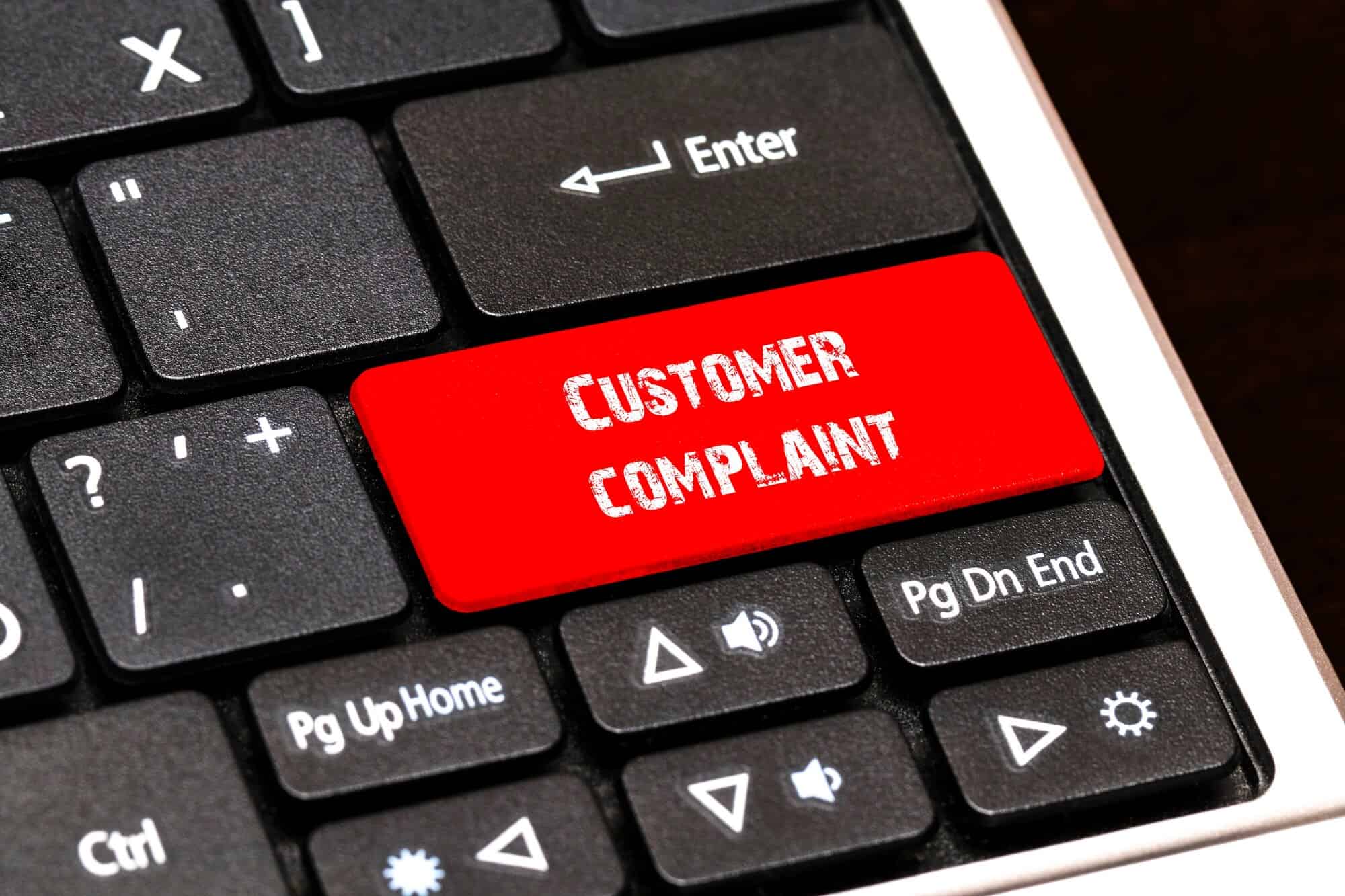Estimated reading time: 10 minutes
Key Takeaways
- Human empathy builds trust.
- Digital speed removes friction.
- Match the channel to the task.
- Provide a seamless hand-off between bot and person.
- Measure, learn, and adapt.
Table of Contents
Introduction
In a rapidly evolving marketplace, the contrast between traditional and digital customer service has become a critical consideration for businesses of all sizes. As consumer expectations continue to rise, companies must carefully evaluate how they engage with customers through both conventional and technology-driven channels.
The shift from purely face-to-face interactions to digital-first approaches represents one of the most significant transformations in customer service history. Businesses now face important decisions about how to balance the warmth and authenticity of traditional customer service with the efficiency and scalability of digital solutions.
This guide explores the advantages and limitations of both traditional and digital customer service approaches. We will provide strategic insights to help your business optimise its customer service strategy, enhance customer loyalty, and create meaningful experiences that drive long-term success in an increasingly competitive landscape.
Understanding Traditional Customer Service
Face-to-Face Interaction
Face-to-face interaction remains the cornerstone of traditional customer service, characterised by direct and personal engagement between customer and service provider. This approach creates opportunities for genuine connections that cannot be replicated through digital means.
In settings such as retail stores, hotel reception desks, or banking branches, personal engagement allows service representatives to read body language, respond to emotional cues, and adapt their approach in real time. These non-verbal elements of communication often make the difference between a satisfactory interaction and an exceptional one.
Research consistently shows that customers remember how service made them feel long after they have forgotten specific details of the interaction.
A warm smile, attentive listening, and genuine problem-solving create memorable moments that build trust and foster relationship building with customers.
Industries like luxury retail, high-value financial services, and hospitality continue to prioritise these personal engagements because they understand that for certain customer segments and situations, nothing replaces the reassurance of human interaction when addressing complex needs or concerns.
Personal Touch
The personal touch in customer service involves creating tailored, empathetic interactions that make customers feel valued as individuals rather than transaction numbers. This approach recognises that each customer brings unique needs, preferences, and circumstances that deserve thoughtful attention.
Traditional customer service excels at delivering this personal touch through small but significant gestures, remembering a customer’s name, recalling their preferences from previous visits, or taking extra time to understand their specific situation. These authentic human connections foster customer loyalty on a deep emotional level, with studies showing that 81 per cent of buyers trust advice from people they know over information from unknown digital sources.
The impact of personal touch on relationship building cannot be overstated. When customers feel genuinely understood and appreciated, they develop an emotional connection to your brand that transcends price considerations. This emotional bond becomes particularly valuable during challenging situations, as customers who feel a personal connection are more likely to be understanding when problems arise and loyal over the long term.
Customer Engagement and Loyalty
Customer engagement encompasses all ongoing interactions that strengthen the relationship between customers and businesses. In traditional settings, this often involves consistent, meaningful touchpoints that demonstrate genuine interest in customer satisfaction beyond the initial purchase.
Effective traditional engagement strategies include remembering customer preferences, providing personalised recommendations based on previous purchases, following up after significant interactions, and creating special moments to celebrate customer milestones or loyalty. These approaches require attentive staff who genuinely care about creating positive experiences.
Traditional customer service methods excel at building long-term loyalty through relationship nurturing. When customers repeatedly interact with the same service representatives who remember their preferences and history, deep trust develops naturally. This human connection creates powerful loyalty that often withstands competitive offers or occasional service issues.
The challenge for many businesses lies in replicating this depth of engagement through digital channels. While digital tools can track preferences and automate personalised communications, they often struggle to replicate the authentic human connection that makes traditional customer service so effective at fostering true customer loyalty.
Exploring Digital Customer Service
Online Platforms
Online platforms have revolutionised customer service by creating multiple digital channels where customers can seek assistance on their own terms. These platforms include social media networks, email support systems, live chat interfaces, and messaging applications that connect customers with businesses whenever and wherever they need help.
Each digital customer service channel offers unique advantages. Social media enables public and private communication while building community around your brand. Email provides detailed documentation of interactions and suits complex issues requiring extensive information. Live chat delivers immediate assistance during crucial moments in the customer path, such as completing purchases or troubleshooting products.
The accessibility of these online platforms represents their greatest strength, customers no longer need to visit physical locations or adhere to business hours for support. This convenience dramatically improves customer experience by removing friction from the service process. Moreover, these digital touchpoints often allow businesses to serve customers across geographical boundaries, expanding their reach globally.
Forward-thinking companies leverage these online platforms strategically, directing customers to the most appropriate channel based on query type and urgency. This approach optimises both customer satisfaction and operational efficiency while maintaining consistent service quality across all digital touchpoints.
Chatbots and Automated Support
Chatbots and automated support systems have transformed how businesses handle high-volume customer inquiries. These AI-powered tools provide instant responses to common questions, guide customers through routine processes, and collect important information before human intervention when necessary.
The efficiency advantages of chatbots are substantial. They can simultaneously handle thousands of customer interactions without fatigue, deliver consistent information regardless of volume, and operate 24/7 without additional staffing costs. This scalability allows businesses to maintain service levels during unexpected demand spikes that would overwhelm traditional support teams.
For customers, well-designed automated support offers immediate assistance without waiting in queues, a significant advantage when seeking simple information or completing routine tasks. Advanced chatbots can now understand natural language, recognise intent, and even detect emotion in text-based communications, making interactions increasingly conversational and human-like.
However, automated systems still face limitations regarding empathy and complex problem-solving. While they excel at routine inquiries and structured processes, they may frustrate customers with unique situations or emotional needs. The most effective implementations balance automation with clear pathways to human support when appropriate, recognising that technology should enhance rather than replace meaningful human connections.
Self-Service Portals
Self-service portals empower customers to resolve issues independently through online resources specifically designed for customer autonomy. These digital hubs typically include comprehensive knowledge bases, video tutorials, community forums, account management tools, and troubleshooting guides.
Modern consumers increasingly prefer self-service options for straightforward matters, appreciating the ability to solve problems at their convenience without explaining their situation to service agents. Well-designed portals enhance the user experience by organising information logically, incorporating robust search functionality, and presenting solutions in easily digestible formats.
Businesses benefit significantly from self-service adoption, as each self-resolved issue reduces contact centre volume and associated costs. More importantly, effective self-service improves customer satisfaction by providing immediate answers and fostering a sense of capability and control.
The most successful self-service implementations continuously analyse user behaviour to identify improvement opportunities. By examining search terms, abandonment points, and feedback, businesses can refine content and navigation to better serve customer needs while steadily expanding the range of issues customers can resolve independently.
Omnichannel Support
Omnichannel support represents the integration of multiple digital channels to create a seamless, consistent customer experience regardless of how customers choose to interact with your business. Unlike multi-channel approaches that simply offer various contact options, true omnichannel support maintains context and conversation history across all touchpoints.
This integrated approach means customers can begin a conversation via live chat, continue it through email, and complete it with a phone call without needing to repeat information or restart their service path. This contextual continuity dramatically improves customer experience by respecting customers’ time and demonstrating attentiveness to their needs.
Consistency across all touchpoints ensures customers receive the same quality of service, access to information, and brand experience whether they are using a mobile app, visiting a website, or engaging through social media. This uniformity builds trust by creating predictable, reliable interactions regardless of channel preference.
Today’s customers expect real-time or near-real-time responses on their chosen platforms, with little patience for businesses that direct them to alternate channels or make them wait for basic assistance. Successful omnichannel strategies prioritise responsive service while maintaining quality, creating a digital customer service ecosystem that feels cohesive and customer-centric rather than fragmented and company-centric.
Comparing Traditional and Digital Customer Service
| Aspect | Traditional | Digital |
|---|---|---|
| Customer Experience | Highly personalised, empathetic | Fast, convenient, data-driven |
| Efficiency | Limited scalability, slower | Scalable, fast, continuous availability |
| Cost Considerations | Labour-intensive, expensive to scale | Automated, reduces operational costs |
| Relationship Building | Strong, long term | Can feel impersonal, but scalable |
| Personalisation | Based on memory and direct interaction | Driven by analytics and AI |
Customer Experience
The customer experience differs significantly between traditional and digital service models. Traditional customer service excels at creating emotionally resonant interactions where customers feel genuinely understood and valued as individuals. Service representatives can detect faint emotional cues, adapt their approach in real time, and provide reassurance through physical presence and authentic human connection.
By contrast, digital channels focus on speed and convenience. Automated systems answer routine questions in seconds, while analytics tailor suggestions based on previous activity. The trade-off is an absence of non-verbal cues. Without tone of voice or body language, misunderstandings can arise, leaving some customers feeling detached.
Efficiency
Traditional methods require staff presence and are limited by opening hours. Digital platforms run round the clock with minimal human input, scaling up during peaks without adding wages. However, building and maintaining these systems calls for technical investment and ongoing monitoring.
Cost Considerations
In-person service demands training, wages, uniforms, and premises. Digital tools shift expenditure towards software licences, servers, and data security. The right mix depends on query complexity, volume, and the importance of human reassurance in your sector.
Relationship Building
Human contact remains the strongest way to build trust. A shared laugh with a waiter or a thoughtful bank clerk recalling a previous visit has no perfect digital twin. Yet, data-driven insight can strengthen loyalty when used responsibly. Sending a helpful tip about a product a customer owns or alerting them to an approaching service date shows foresight and care.
Personalisation
Store staff rely on memory and observation. Digital systems rely on profiles, purchase history, and predictive models. Combining these strengths delivers the richest experience. Let algorithms supply timely information while people apply judgement and empathy.
Crafting a Hybrid Strategy
Purely traditional or purely digital approaches both leave gaps. Use the following framework to choose the right blend.
- Map typical enquiries by complexity and emotion. Simple, low-emotion tasks such as checking a balance suit automation. High-emotion issues such as complaints need humans.
- Give customers choice. Provide clear paths from chatbot to human agent without forcing them to restart conversations.
- Train staff to read data from digital tools before greeting customers. A receptionist who sees notes from the customer’s earlier chat session can offer swift, relevant help.
- Review metrics that matter, such as first-contact resolution and customer sentiment, rather than raw response speed alone.
- Keep improving. Analyse transcripts, survey results, and complaint logs, then refine scripts, knowledge bases, and staff coaching.
Case Example
A mid-size UK retailer introduced live chat for stock questions, automated returns labels, and kept in-store advisors for styling advice. Average resolution time for logistics questions dropped by 60 per cent, freeing staff to focus on high-value consultations. Customer satisfaction scores rose by eight points in six months.
Conclusion
The choice is not human versus machine, but how to weave both into a service tapestry that feels personal, swift, and reliable. Brands that strike this balance earn lasting loyalty while controlling costs.
FAQs
What is the core difference between traditional and digital customer service?
Traditional service prioritises direct, empathetic, face-to-face interactions that build emotional connection, while digital service focuses on speed, convenience, and data-driven support across channels.
When should a business use chatbots versus human agents?
Use chatbots for high-volume, routine questions that need instant, 24/7 responses. Switch to human agents for complex, unique, or high-emotion issues, and ensure customers have a clear path to a person when needed.
What are the benefits of self-service portals?
They let customers solve straightforward issues at their convenience, reduce contact centre volume, and improve satisfaction by providing immediate answers and a sense of control.
What does omnichannel support mean in practice?
It integrates channels so customers can move from chat to email to phone without repeating themselves, with consistent quality and access to information across every touchpoint.
How can companies create an effective hybrid customer service strategy?
Match channels to task complexity and emotion, allow easy hand-offs from bots to humans, equip staff with context from digital tools, and track metrics like first-contact resolution and customer sentiment.
Do traditional interactions still matter for loyalty?
Yes. Personal gestures and ongoing human relationships build deep trust that can withstand competitive offers or occasional issues, making them vital for long-term loyalty.







